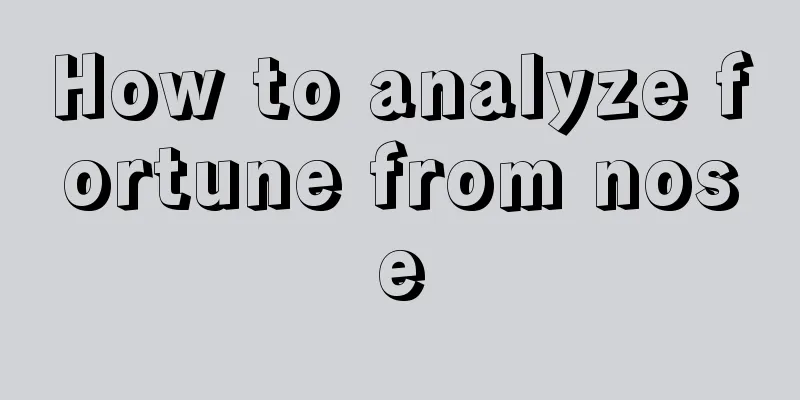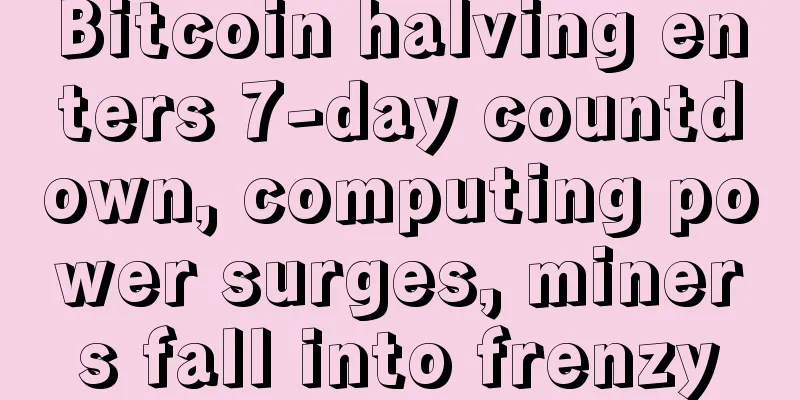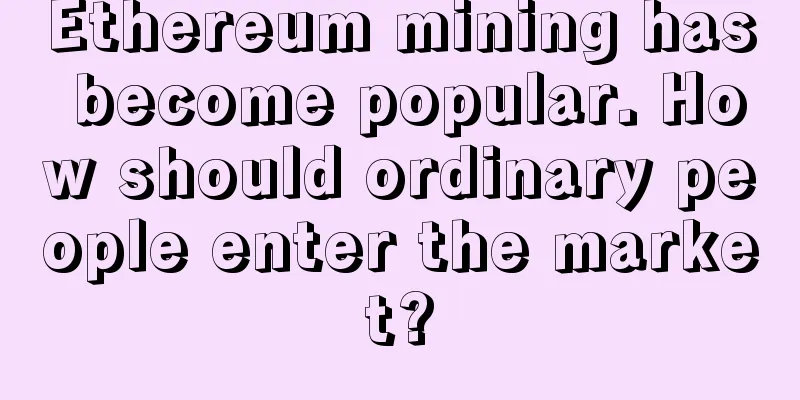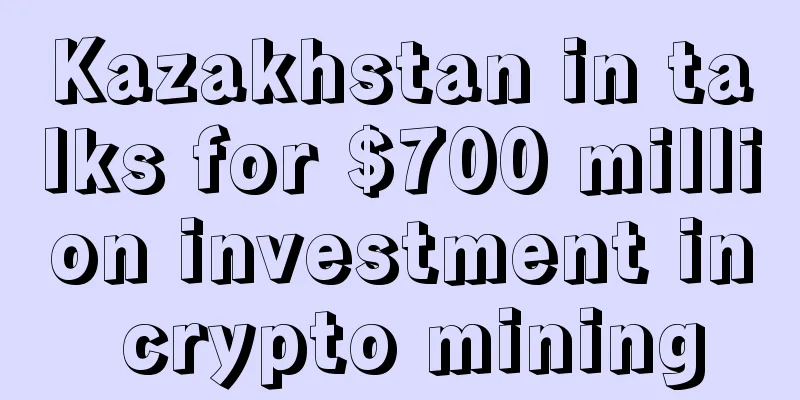Vitalik Buterin: Immutability is worthless in the face of blockchain development
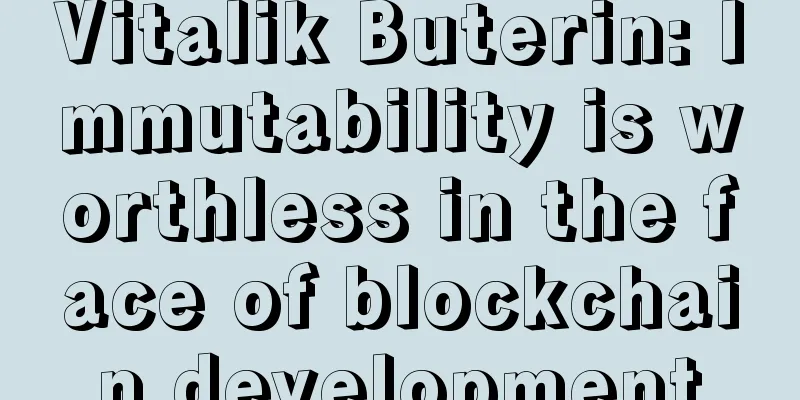
|
Money 20/20 is considered the highest level event in the financial field. It covers topics ranging from cross-border payments to payment management solutions, and aims to "pioneering innovation in payments and financial services for mobile, retail, marketing services, data and technology." Money 20/20 provides a wealth of innovative ideas and emerging technologies for the financial sector. The blockchain ecosystem was a hot topic at this year's conference, as more and more banks are beginning to test these technologies and believe that they have the potential to simplify existing payment systems. The conference included multiple discussions to popularize the potential of blockchain systems to the financial professionals present. One of the discussions was named "ETH: Developing Advanced Applications, Today's Challenges & Tomorrow's Opportunities", which demonstrated the potential of Ethereum (fork), a leader in blockchain, in the Internet field. In this discussion, ETH founder Vitalik Buterin appeared as a guest, and Don Tapscott, the author of "Blockchain Revolution" and CEO of Tapscott Group, served as the moderator. Tapscott said that Buterin is a typical example of erudition, with knowledge of social sciences, economics, global affairs, etc. In the interview, Buterin talked about why he chose to enter the cryptocurrency field and how he developed ETH. He said:
Tapscott asked Buterin, what is the difference between ETH and Bitcoin? He replied:
Buterin pointed out that with the scripting language based on ETH, almost all applications developed by users can conform to business logic. He also described in detail how the financial and non-financial fields can benefit from ETH. In addition, he also talked about the controversial hard fork of the DAO incident. Before Buterin explained the hard fork decision, Tapscott first clarified one thing - it was DAO that was attacked at the time, not ETH, because the outside world has always been confused about the relationship between the two. This summer, the Ethereum Foundation made the decision to fork the protocol in order to fix network errors. This decision caused great controversy in the community, because forking the protocol is equivalent to overturning all the codes written and executed before; and "code is law" is an iron law in the blockchain field. The blockchain is immutable, but Buterin responded:
Buterin also expressed his concerns about ETH switching to the PoS mechanism. At that time, a large amount of ether may be used for network attacks. But he believes that from a long-term perspective, the network has the responsibility to maintain stability.
|
<<: Yishu released the Green Paper and launched the first community management consensus mechanism
Recommend
What does it mean for a cryptocurrency exchange to obtain a trust license?
Firstly, what is a trust? Here we focus on overse...
Which faces are suitable for investment?
In modern society, people have a huge demand for ...
A man with a thick lower lip will be a good lover. What does a man with a thick lower lip mean?
What is the fate of a man with a thick lower lip?...
Where is the Yin Tang located?
Everyone is familiar with the name Yintang. Yinta...
Do women with clean teeth have happier marriages?
A happy marriage is actually very important to ma...
Nasdaq Considers Becoming a Cryptocurrency Trading Platform
On the evening of April 25th, Beijing time, Adna ...
The lifeline reveals your health fortune
The lifeline reveals your health fortune The vari...
Namecheap domain name registration discounts support RMB payment, a long-established low-cost domain name dealer
A Complete Guide to Namecheap Domain Registration...
What kind of woman has a bad face?
A person's facial features determine his or h...
Philtrum and destiny are closely linked
The philtrum is located at the midpoint of the na...
Bitcoin price fluctuated narrowly in Asian trading on Friday
Bitcoin prices fluctuated narrowly in the Asian s...
How to read the fortune line in palmistry
In the palm lines, in addition to the five obviou...
Palm lines tell destiny - island lines
The island pattern is formed by the intersection ...
Kaozai Creator Alliance | What can Bitcoin be used for besides buying Tesla?
After breaking through the previous high of $20,0...
Is it good to have a mole on the sole of the foot?
Is it good to have a mole on the sole of the foot...
